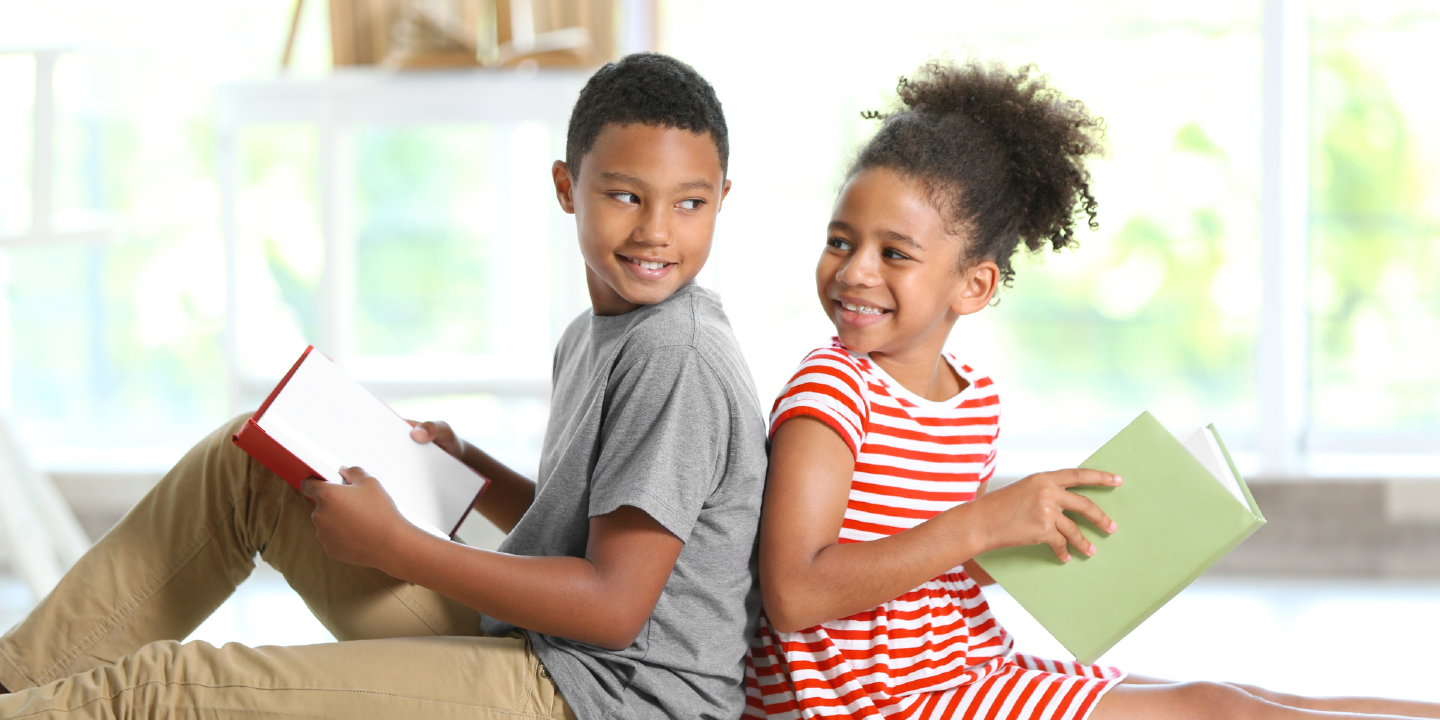
Australian boys’ and girls’ enjoyment of reading
Research 6 May 2021 5 minute readPISA 2018 data shows the decline in Australian students’ reading achievement has occurred alongside a decline in their enjoyment of reading.
The ability to read competently is an important educational goal. But results from the most recent cycle of the Programme for International Student Assessment (PISA) indicate that the average reading performance of Australian 15-year-olds decreased significantly between 2000 and 2018.
In Australia, and across the OECD on average, girls achieve higher in PISA reading literacy than boys. Girls are also more confident readers than boys – 82 per cent of Australian girls agreed or strongly agreed that ‘I am a good reader’ compared to 78 per cent of Australian boys – and are more likely to read for enjoyment.
Reading for enjoyment has been shown to be positively associated with enhanced academic performance at school and enhanced mental health. Another recent study found that reading for enjoyment has social benefits and can improve students’ sense of connectedness to the wider community as well as providing an insight into human nature and decision-making.
In PISA 2000, 2009 and 2018, when reading was the major assessment domain, students were asked how much time they spent reading for enjoyment. Between 2000 and 2018, the proportion of Australian girls who reported they did not read for enjoyment increased by 11 percentage points, to 36 per cent. The proportion of Australian boys who did not read for enjoyment increased by 13 percentage points, to 53 per cent.
PISA gathers further contextual information about enjoyment of reading by asking students their level of agreement with five statements:
- I read only if I have to
- Reading is one of my favourite hobbies
- I like talking about books with other people
- For me, reading is a waste of time
- I read only to get information that I need
In responding to these statements, students were asked to take into account diverse kinds of reading material, such as books, magazines, newspapers, websites, blogs, emails and social media.
Overall, Australian students’ reports of enjoyment of reading declined between PISA 2000 and 2018. The proportion of girls who reported ‘I read only if I have to’ increased from 30 per cent to 46 per cent, and from 46 to 61 per cent for boys. The proportion of students who agreed that ‘for me, reading is a waste of time’ increase from 17 to 25 per cent for girls, and from 29 to 38 per cent for boys. And the proportion who reported ‘I read only to get information that I need’ increased from 34 to 44 per cent for girls, and from 55 to 62 per cent for boys.
While there were no significant difference between 2000 and 2018 in the proportion of Australian students reporting ‘reading is one of my favourite hobbies’, the proportion who reported ‘I like talking about books with other people’ increased by three percentage points for girls and six percentage points for boys. However, these views were not shared by the majority, as only one-quarter of Australian boys and just over two-fifths of Australian girls agreed or strongly agreed with each of these positive statements about reading.
Read the full report:
Snapshots Issue 13: What do Australian 15-year-olds think about reading? by Catherine Underwood, ACER (2021).